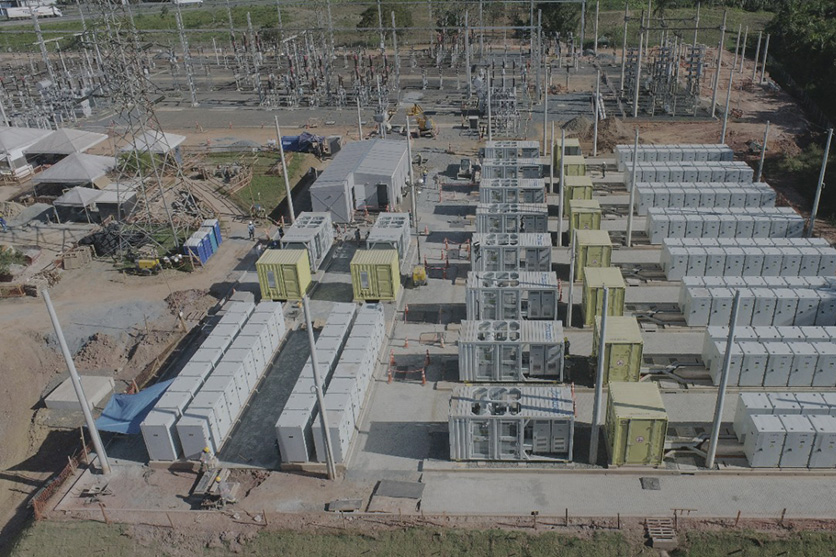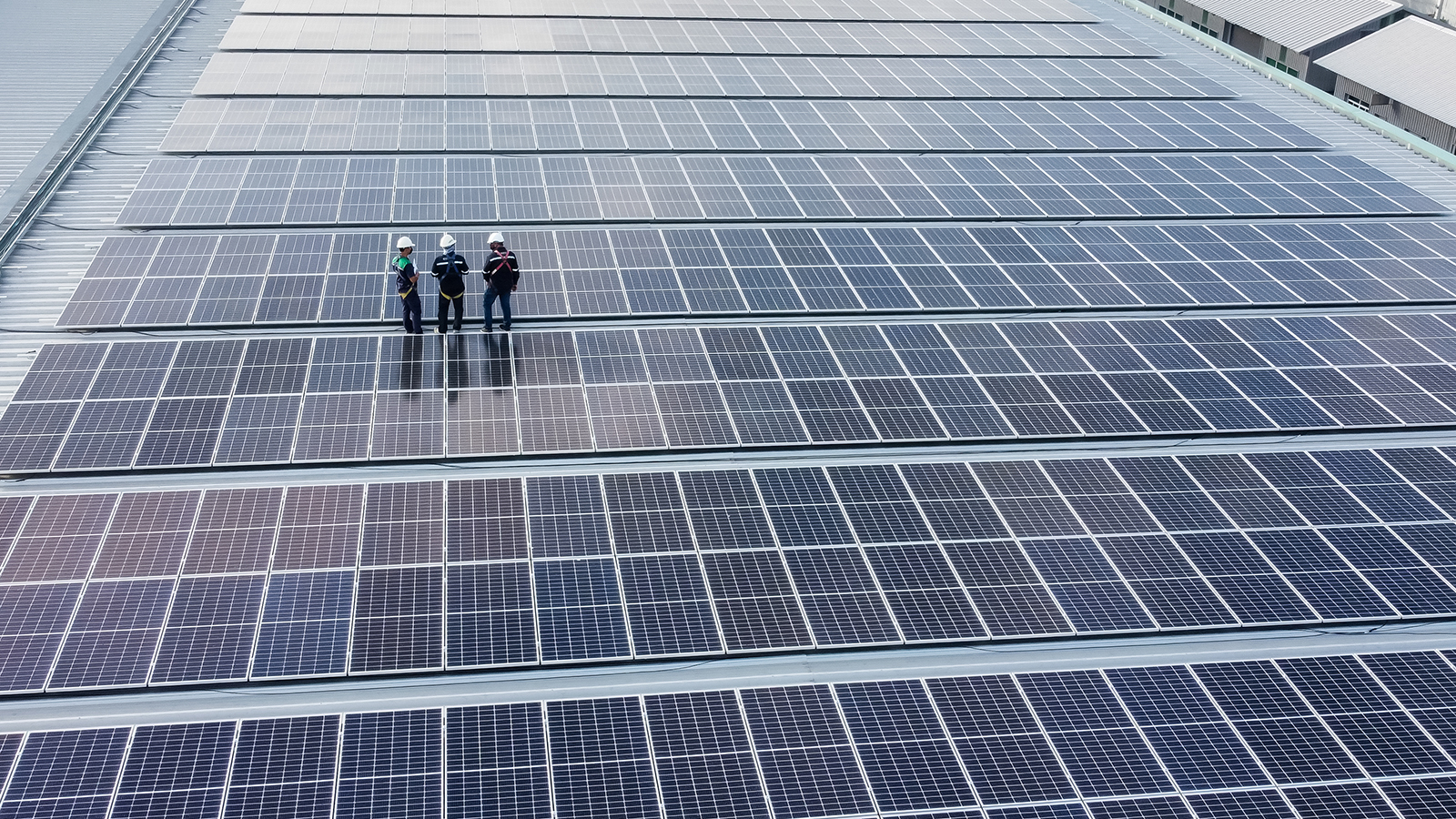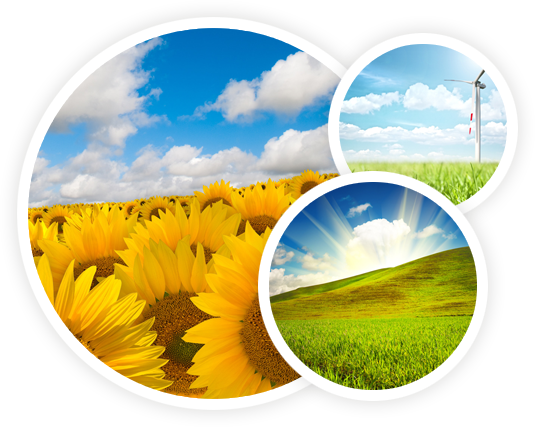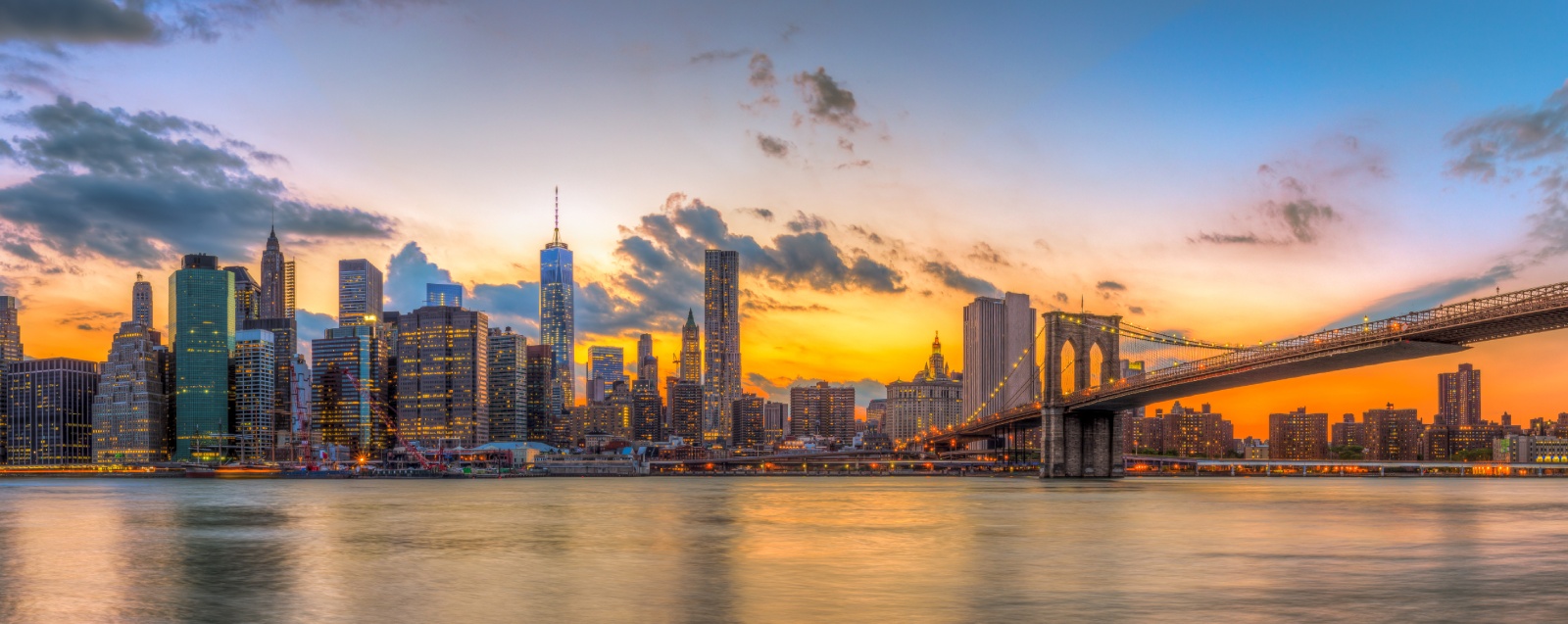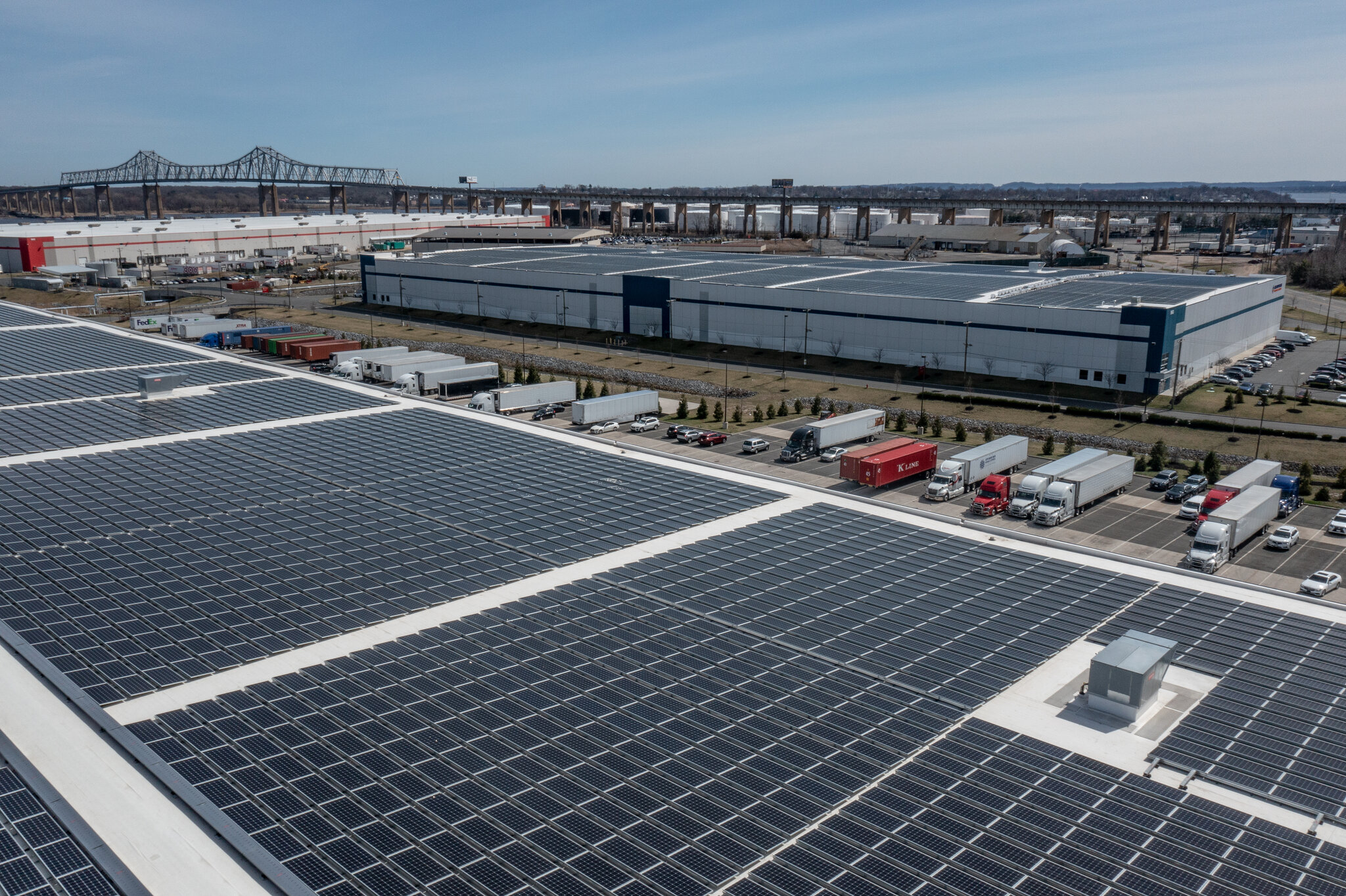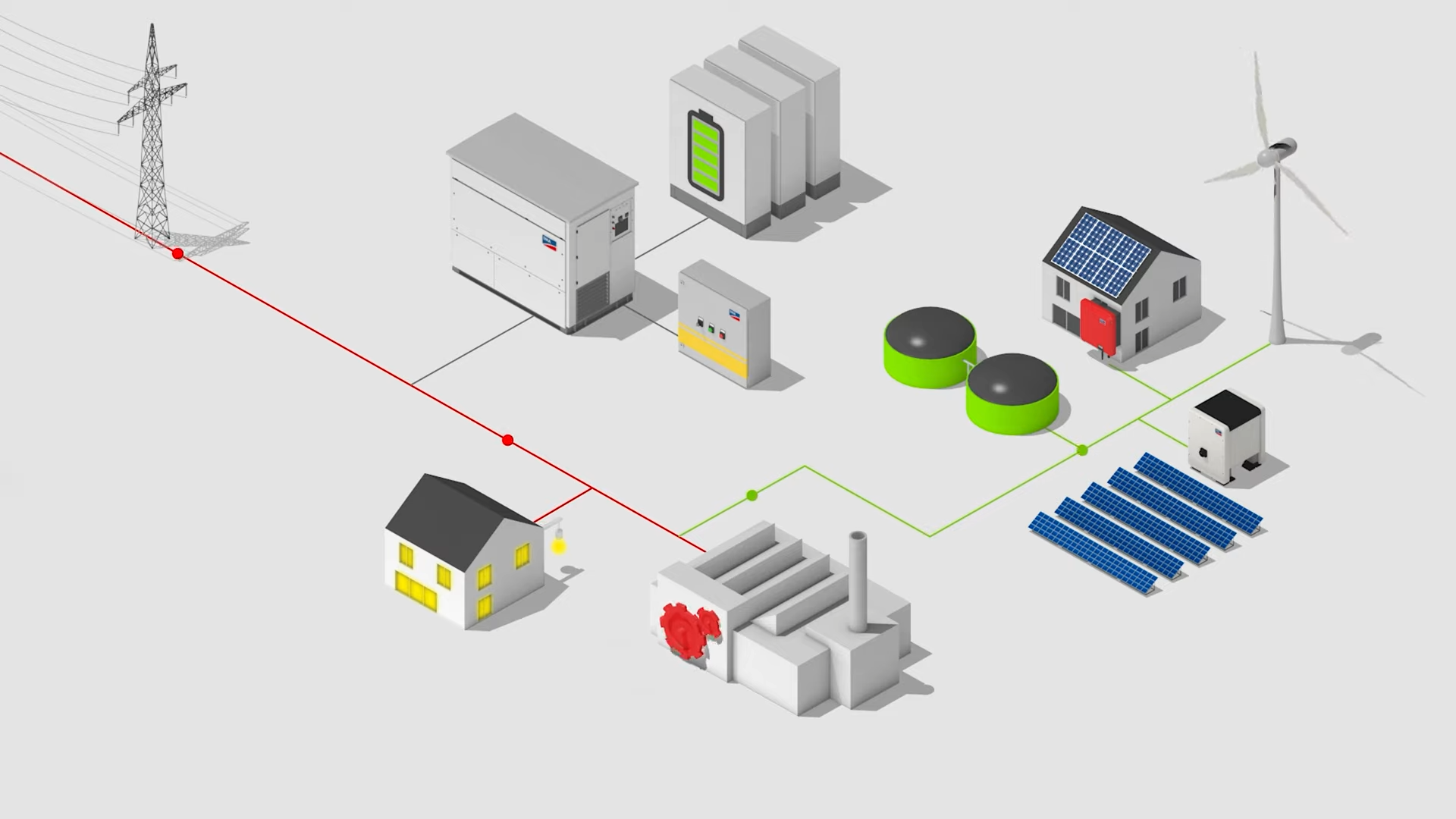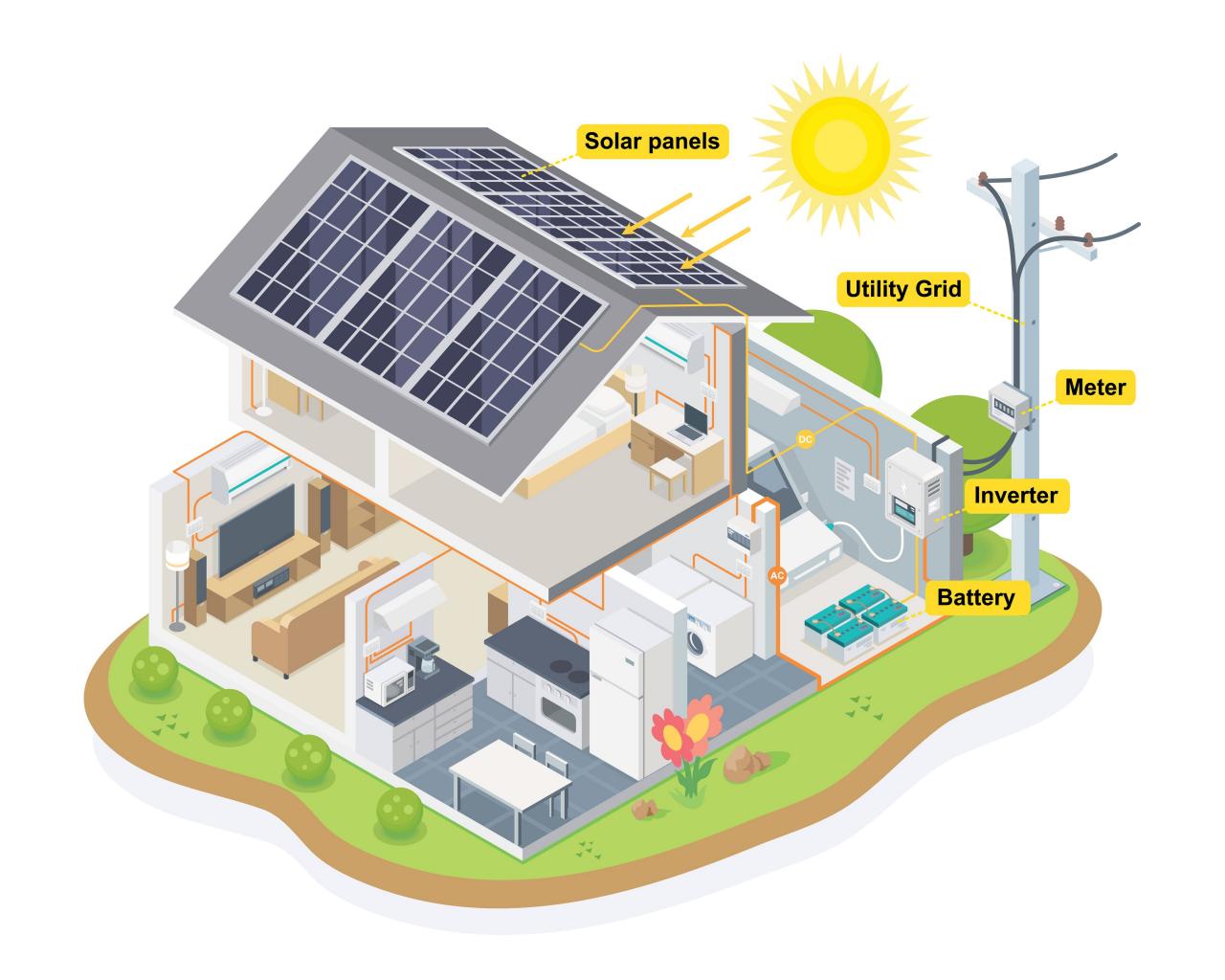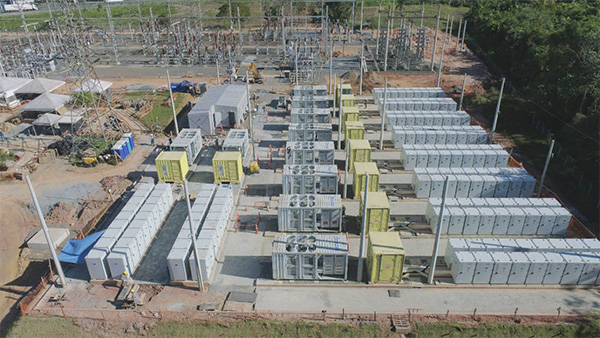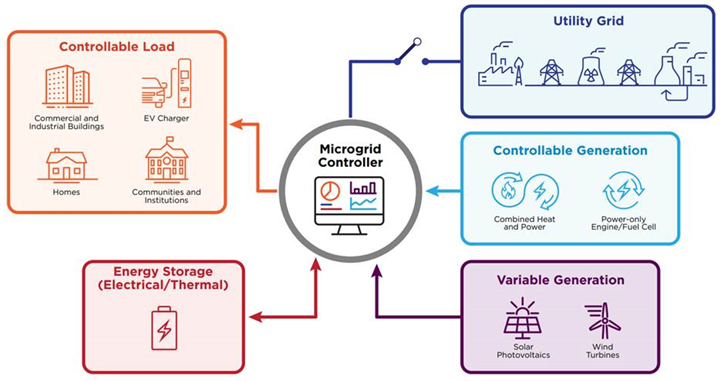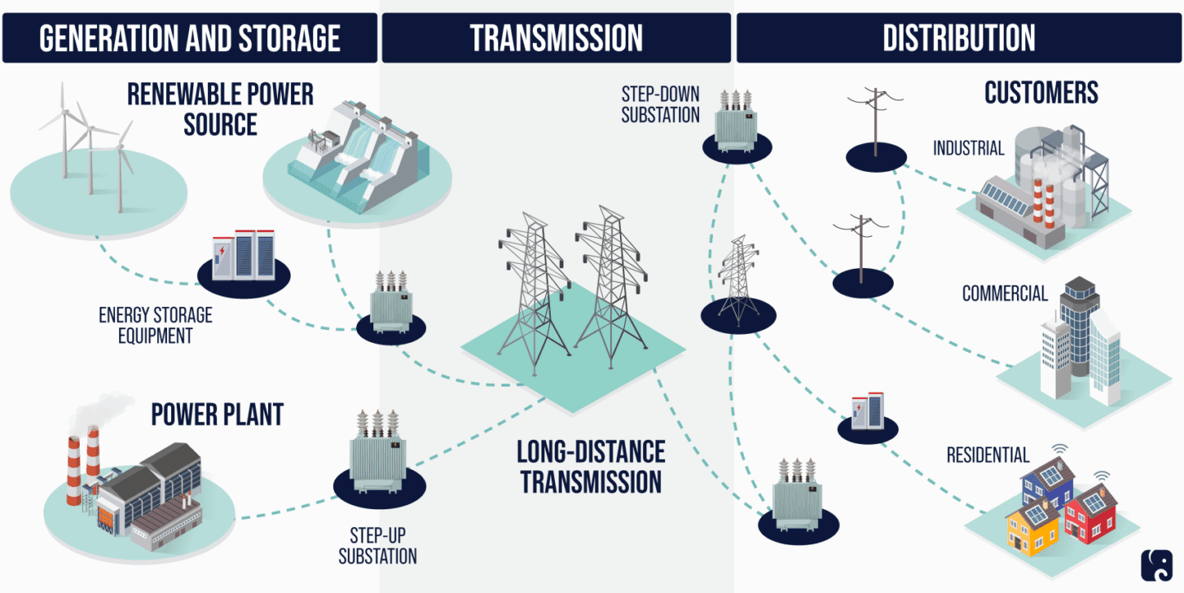Introduction
The modern energy grid is a marvel of engineering, a vast network that spans continents to deliver electricity from power plants to our homes and businesses. It's a complex system that involves generation, storage, transmission, and distribution, ensuring that the energy produced at various sources reaches consumers efficiently and reliably. This article will journey through the intricacies of the energy grid, as depicted in the infographic provided.
Generation and Storage: The Starting Point of Electric Energy
Renewable Power Sources:
The energy grid begins with generation from various sources. Renewable energy sources, such as wind farms and solar panels, are increasingly significant due to their sustainability and lower environmental impact. These clean energy sources harness natural forces to generate electrical power without depleting natural resources.
Traditional Power Plants:
Alongside renewables, traditional power plants, often coal, natural gas, or nuclear, continue to provide a substantial portion of the world's electricity. These facilities are capable of generating large amounts of power, necessary for meeting the high demands of industrialized societies.
Energy Storage Equipment:
As the grid incorporates more renewable sources, the role of energy storage becomes vital. Energy storage systems, such as large-scale batteries, capture excess energy when production exceeds demand. This stored energy can be released when demand spikes or generation from intermittent sources like solar or wind decreases.
Transmission: The Energy Highway
Step-Up Substations:
Before electricity can travel long distances, it must be transformed to higher voltages at step-up substations. This process reduces energy loss over long-distance transmission lines.
Long-Distance Transmission:
High-voltage transmission lines carry electricity across vast distances, from remote power plants to populated urban centers. This stage is the energy highway, crucial for bridging the gap between generation and end-users.
Step-Down Substations:
Once near its destination, electricity arrives at step-down substations, where the voltage is reduced to safer levels for local distribution.
Distribution: Delivering Power to Consumers
The Final Leg:
The distribution network is the final leg of the journey, consisting of lower voltage power lines that deliver electricity directly to customers.
Industrial Customers:
Industrial facilities, with their massive energy needs, often receive power at higher voltages, which is necessary to run heavy machinery and maintain production processes.
Commercial and Residential Customers:
Commercial buildings and residential areas receive electricity at regulated voltages suitable for daily use, powering everything from high-rise elevators to household appliances.
Conclusion
The energy grid is the backbone of modern civilization, a testament to human ingenuity. As we move forward, the integration of renewable generation and advanced storage solutions continues to evolve the grid. Innovations like smart grid technologies aim to enhance efficiency, resilience, and sustainability. This ensures not only that our lights stay on today but also that future generations inherit a system that balances energy needs with the health of our planet. From the whirling turbines of wind farms to the power lines crisscrossing the landscape, each component of the energy grid plays a vital role in powering our world.


